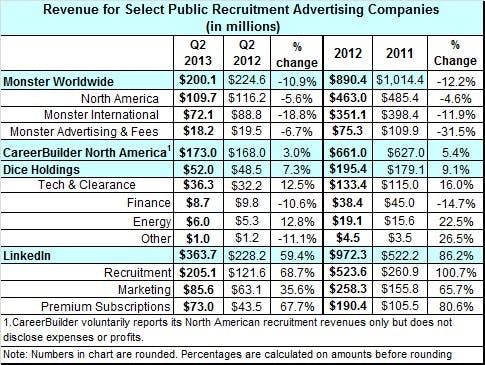As America honors its military veterans again today, there is encouraging news on the jobs front: The unemployment rate for the nation’s veterans has declined sharply in the year since the last Veterans Day.
Thanks to a nationwide focus on hiring veterans, and especially younger veterans who served in the post 9/11 military, unemployment for all veterans went from 6.9 percent in October 2013 to 4.5 percent last month. The national unemployment rate dropped 1.4 percentage points to 5.4 percent. (All percentages are non-seasonally adjusted.)
Contributing to the sharp decline was a project launched three years ago by JPMorgan Chase and 10 other large employers. As its name implies, the 100,000 Jobs Mission committed to hiring 100,000 veterans by the end of 2020. Now, with more than 170 companies participating, the project has employed more than 190,000 former military.
Lack of understanding for military-specific skills
A RAND report on the project, commissioned by Chase, found companies have risen to the hiring challenge, using a variety of methods to source veterans. Among the more successful is reaching servicemen and women before they leave the military, by working with federal agencies such as Veterans Employment Center and SkillBridge.
The RAND report pointed out that the success of veteran recruitment needs to be augmented by performance and retention metrics. Companies “have not dedicated as many resources to gathering evidence of veteran employee performance and retention.”
 RAND researchers also found employers have difficulty in understanding military-specific skills, a problem that can be eased by using recruiters with military experience. These individuals tend to be the most successful at placing veterans, the report notes.
RAND researchers also found employers have difficulty in understanding military-specific skills, a problem that can be eased by using recruiters with military experience. These individuals tend to be the most successful at placing veterans, the report notes.
The difficulty in translating military skills for a civilian job may explain why so many veterans feel underemployed. A University of Phoenix survey released yesterday says 42 percent of working veterans say they are doing jobs that don’t make full use of their skills.
“Service members cultivate skills in the military that are invaluable to civilian employers,” said University of Phoenix Military Relations Vice President and Ret. Army Colonel Garland Williams. “Veterans bring diverse experience to the workplace, but may not know how to specifically market the skills they gained in the military for civilian jobs, and employers may not instinctively know how the skills translate.”
More vets need their own transition plan
Part of the problem lies with the veterans themselves. Only a third said they developed a transition plan while still on active duty. Once discharged, 55 percent of veterans find connecting with hiring managers among their biggest challenges; 57 percent said finding the right job was difficult.
With the good news about the declining unemployment rate for veterans, comes some caveats. Not all veterans are sharing equally in the improving jobs picture:
- Women veterans generally have a higher unemployment rate than do male vets;
- At 7.2 percent, veterans who served in Gulf War Era-II (post 9/11) have the highest unemployment rate among veterans — 6.2 percent for men and 11.2 percent for women;
- Among those Gulf War II vets, those 20-24 have an unemployment rate of 7.3 percent, well below the national rate for of 10.1 for non-vets of a similar age. However, as the age break downs get older, the unemployment rate increases. Veterans of that war who are 40-44 have an unemployment rate of 10.5 percent, well above the non-vet rate for that group of 4.3 percent.
